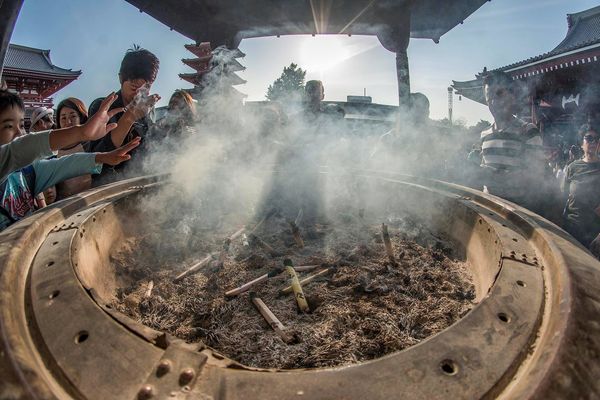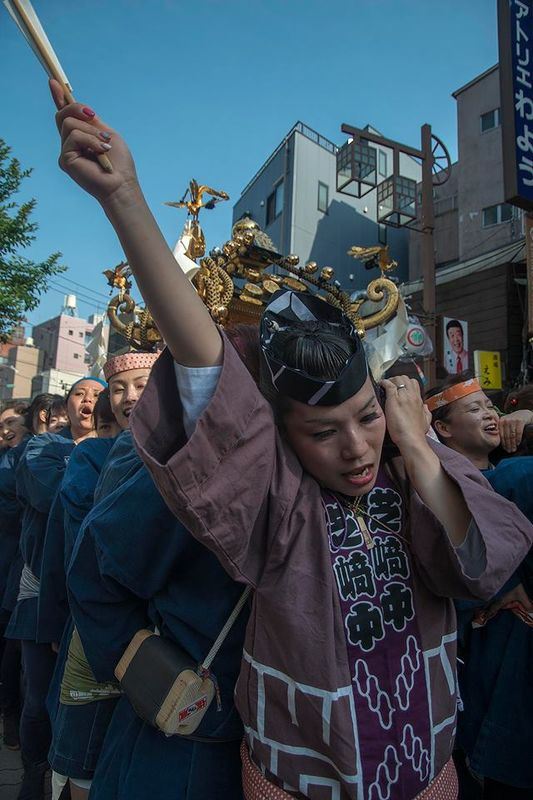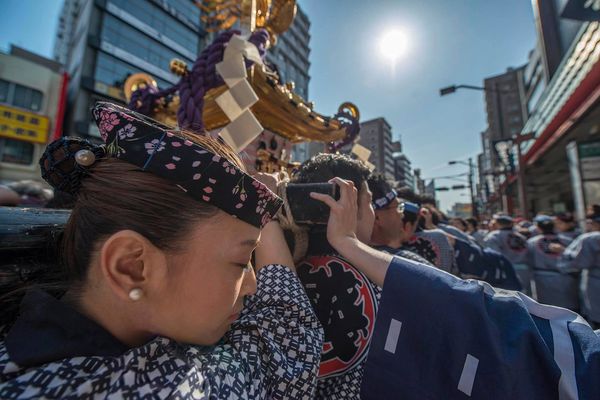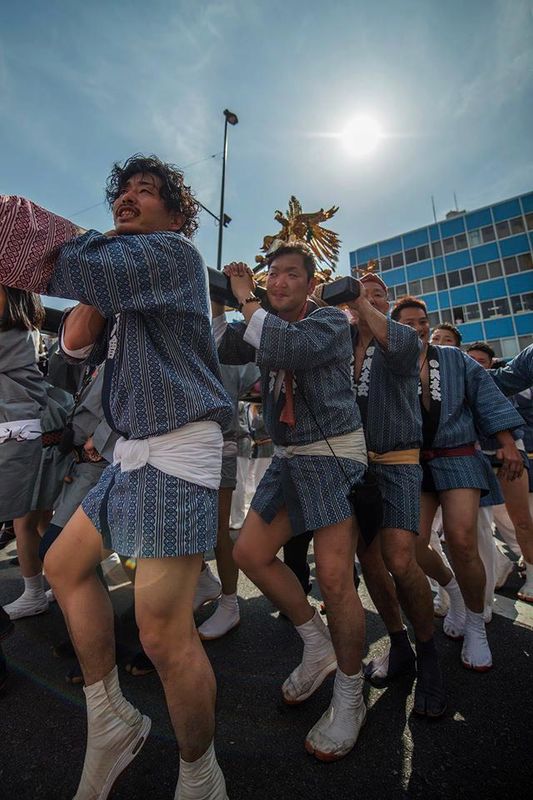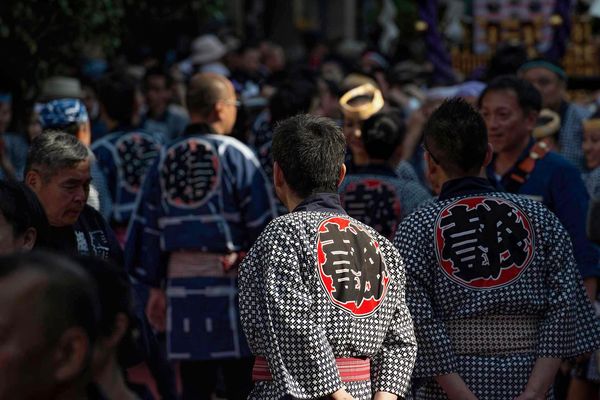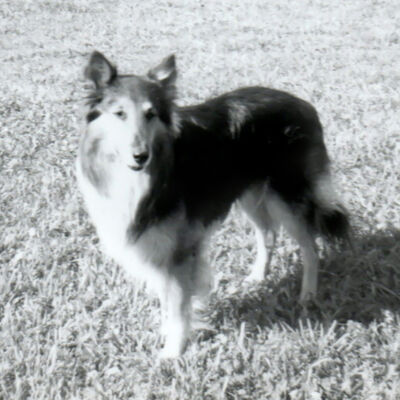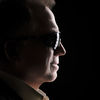What SOOC proponents don't seem to understand
Apr 22, 2017 23:21:04 #
I can't speak for Jim Bob, but maybe there is a reason why he is nice to some and not to others, only he can tell you, you may not like his response if you are one of the ones he doesn't like. My 32,000 posts are responses to other posts, not pictures. Post processing is all that you have talked about for over a year, so don't hand me that line of crap, what you said was if we didn't PP we were just snap shot shooters, that debate went on between us for quite a while, so don't go braindead on me. You are right I don't have anything to offer, so why do you stalk me? And there is nothing
wrong with wanting a pat on the back, being brutal is not the answer. I have never given positive comments for terrible shots, never, I just don't respond to them, maybe you are just way to critical.
wrong with wanting a pat on the back, being brutal is not the answer. I have never given positive comments for terrible shots, never, I just don't respond to them, maybe you are just way to critical.
tdekany wrote:
I simply noticed the post count under your avatar ... (show quote)
Apr 22, 2017 23:39:48 #
In camera processing has often been referred to as pre-processing. Some cameras now provide post processing, including raw images, in camera. One new feature listed for the (not yet released) Nikon D7500 is batch processing of raw files.
SOOC is gradually taking on new meaning. I guess this makes sense with the ability to deliver an image to the end user directly from the camera. Personally I need a bigger screen to see what I'm doing.
https://snapshot.canon-asia.com/article/en/useful-eos-m5-techniques-in-camera-raw-image-post-processing
--
SOOC is gradually taking on new meaning. I guess this makes sense with the ability to deliver an image to the end user directly from the camera. Personally I need a bigger screen to see what I'm doing.
https://snapshot.canon-asia.com/article/en/useful-eos-m5-techniques-in-camera-raw-image-post-processing
--
Apr 22, 2017 23:43:30 #
ebbote wrote:
I can't speak for Jim Bob, but maybe there is a re... (show quote)
That is not crap - what you do, is irrelevant to me or anyone else. My issue has always been with those who produce snap shots (which is fine, I am one of those as well) yet they talk about PP like it is a bandage. They don't get it for some weird reason, that PP IS part of taking pictures, it is not to FIX a photo that the photographer took without trying to get it right in camera.
And stop with the stalking talk. I haven't seen your posts in a long time, but as I said, to say the you lack time with that many posts is boloney. That is just ODD
As an FYI, the last interaction I had with JimmyBob,, he asked me the process I used on another person's picture to "FIX" the issues. I provided it for him, and he thanked me. Only to tell me today to F off. I am sure in real life the 2 of you would make great buddies.
Lastly I am a snap shot shooter, even though I shoot raw and PP. What I said was that I haven't seen an amateur who is anti PP on this site who was not a snap shot shooter. I'd love to be proven wrong. Of course there are Pro portrait shooters who shoot Jpegs and produce pro quality work. But I haven't seen a pro landscape shooter who doesn't shoot raw and PP.
Apr 23, 2017 00:27:11 #
Yep, I do it all the time. My Canon G9 X takes strong JPEG images that I later develop in ACR and PCC.
davefales wrote:
This may have already been said here but even a SOOC jpeg can be improved in Adobe Camera Raw.
Apr 23, 2017 00:56:42 #
Apr 23, 2017 04:13:32 #
bsprague wrote:
"I am totally puzzled by the many people here... (show quote)
Though I am a relative old timer, since 1977-ish (35mm through 8x10") and am not a SOOC advocate. I shoot normally in RAW and when I do have JPEGs to work with for various reasons I run them through ACR and Ps CS6 too (though differently than I do Raw). Might be because I never got to be a big fan of Kodachrome or Ektachrome. I shot mostly Plus-X and Tri-X, much less color negative Kodacolor, Vericolor, or reversal Kodachrome or Ektachrome. Actually I never have liked Ektachrome images.
Apr 23, 2017 06:04:46 #
SteveR wrote:
Jim Bob....James Robert....JR1.....could there be any connection?
I do remember JR1, but he was British. JimBob is a good old boy, so I doubt that there is any connection between the 2
Apr 23, 2017 07:50:48 #
Delderby wrote:
Your statement "This is not possible with Jpeg pics" has lost any credibility that your post might have had. In any case, your references to "luck" shows your inability to understand how to set up your cameras. I shoot RAW plus JPG. Mostly my JPGS turn out just fine - ready for minimal tweaking if necessary, BUT they can also be properly PPd if necessary - I rarely blow highlights and like shadows.
Not at all. I know exactly how to set up my cameras, but I also shoot news and documentary, where conditions are constantly changing: one moment you might be shooting with the light, and then have to turn and squeeze off shots against the light, or with the subject in shadow with areas in bright sun and/or sky in the background. There is no question that shooting raw gives you at least a stop of extra headroom that is simply gone in the jpg. If you are in a studio, or shooting relatively stable landscapes, or subjects always in unchanging light without high dynamic range, I agree that you can do pretty good SOOC, but if you are in a situation of rapidly changing conditions in which there is no time to meter and reset the cameras, then shooting jpgs is a risky business. I shot a big festival in Japan not long ago, and I am posting a few shots here to illustrate the conditions. These folks were walking quickly carrying heavy mikoshi shrines, through dense crowds. Tell me honestly whether you could set up your camera to achieve similar results SOOC with jpgs--even PP with jpgs.
Apr 23, 2017 07:58:59 #
Jim Bob wrote:
No read would justify those condescending idiots.
Ok, I can see your point of view. I can't agree with it, but that is what opinions are all about and everyone is entitled to their own.
I will keep it simple, which is the way I approach this with my students.
There are three elements to creating an image.
1. Photographer's vision - it's what the photographer sees that motivates him/her to lift the camera to their eye and take the picture.
2. Getting the technical settings right - focus, aperture, ISO, composition, etc. and snapping the shutter.
3. Post processing. This has always been the case for most photography, even those of us who started in film, with the exception of shooting color reversal media, and/or reportage, forensics etc.
I go on to tell them that being proficient at #2 and #3 makes #1 better. Not being condescending, but when I lay it out for them this way, they get it, and their photography does improve as a direct result of improvements in #3. #2 only has a few moving parts, so it is easier/faster to get good at that part.
Apr 23, 2017 08:05:49 #
Tom G wrote:
Your quote, "there is no such thing as a "bad" picture, only "bad" post processing."
Surely, You Jest. Hard to think anyone would make such an inane statement.
Surely, You Jest. Hard to think anyone would make such an inane statement.
Much less "inane" than the statement to which it responded: "No amount of processing will fix a bad picture"
There are literately billions of once "bad" pictures around "fixed" with post processing. In fact, one of the primary uses of editing software is to "fix" bad pictures. How successful you are is mostly dependent on your editing skill.
Apr 23, 2017 08:09:16 #
kymarto wrote:
Not at all. I know exactly how to set up my camera... (show quote)
Great examples. I think this is more proof that a picture is worth a thousand words.
---
Apr 23, 2017 09:00:06 #
kymarto wrote:
Not at all. I know exactly how to set up my cameras, but I also shoot news and documentary, where conditions are constantly changing: one moment you might be shooting with the light, and then have to turn and squeeze off shots against the light, or with the subject in shadow with areas in bright sun and/or sky in the background. There is no question that shooting raw gives you at least a stop of extra headroom that is simply gone in the jpg.
Excellent examples with an impressive dynamic range! You can feel the movement and the weight of what they're carrying. I photograph an entry in three parades a year and get to deal with some of the constraints you solved in these photos, but no where near the cramped space. Impressive photos.
Apr 23, 2017 09:19:09 #
Well I do not mind the slight adjustment in ANY photograph there is DEFINITLEY such thing as to much post and I think the third shot is an example of that
Apr 23, 2017 09:30:36 #
I have read a lot of different positions on the matter of using pp.i don't disagree with using all the tools to improve your pictures by using pp. however before you use pp on a picture u have taken did u take time to review the shot and try to determine if u could have improved your shot with the features your camera provides or is it easier to get proficient in using pp rather than improving your camera techniques. It appears we are becoming better pro users rather than improving your camera techniques.today no reason to by high end cameras just by the least expensive and fix it on pp. so when u show your pictures tell your viewers They were all pp'd.
Apr 23, 2017 11:04:52 #
The SOOC preference is held predominantly by those shooting film or JPEG files, as is, by definition, not practiced by those preferring capture of raw image data.
JPEG and Raw Image Data are, in fact, Different and Distinct Digital Imaging Media
The basis of proper exposure for photosensitive emulsions and for the 8bit-depth JPEG image file (both of which have a predicated dynamic range) is to expose a given subject value such that it will be rendered as a desired value in the resultant image.
The basis of proper exposure of raw image data is to expose for the brightest image possible without clipping highlight detail, but coming as close to clipping as possible without actually doing so.
Producing the brightest image possible requires using the entire available dynamic range to assure that the brightest value in the histogram is filled with protons to the point of, but not past the point of saturation. With that accomplished, all other brightness values captured throughout the histogram all the way to the darkest details will have received the greatest possible exposure (given their relative positions in the histogram of the maximally exposed image) and thus will render the tonal and chromatic benefits determined by the image file's bit-depth.
The benefits of use of the entire dynamic range are:
* no clipped highlight detail,
* highest possible image data quality - Signal-to-Noise ratio (S:N),
*highest possible tonal and chromatic spectra providing the greatest possible number of cusps of detail with consequent highest possible image resolution,
* absolute assurance of accomplishment of the intended pre-visualized image, and
* assurance of the greatest possible spectrum of creative/artistic interpretative versions ranging from high-key to low-key and all intervening possibilities.
The single reason that many photographers fail to use the entire available raw-accessible dynamic range is that the camera manufacturers refuse (1.) to document the DR of each camera sold and (2.) to provide an in-camera live raw histogram. Why? Both would presumably increase the per-unit production costs resulting in a (more) prohibitive MSRP. The purchaser thus tends to rely upon the DR algorithmically defined for a JPEG image file (reflected in the width of the JPEG-adjusted histogram frame and clipping warning. Other than admitting to a bit of DR "headroom" possibly permitting some recovery of clipped highlights, the manufacturers simply refuse to acknowledge the one stop to two and 2/3 stops (or more) of DR extant beyond the right side of the JPEG histogram frame.
The reasons aside, it should be obvious that we are dealing with two different and distinct digital imaging media. One, the JPEG image file, recapitulates the basic premises and requirements of 19th century exposure techniques for photosensitive emulsions of defined dynamic range. The other, raw image data capture, for which each camera determines the amount of raw-accessible DR that must be individually determined. Once discovered, the full, raw-accessible DR permits, thanks to significantly higher data file bit-depths, the capture of far more broadly interpretable -creatively and artistically - image data than ever permitted by the limited tonal spectrum of the tightly constrained eight bit-depth JPEG image file.
Thus, we have two distinctly different digital imaging media: optimally exposed differently, and with significantly different interpretive potentialities.
Vive la différence!
Dave
JPEG and Raw Image Data are, in fact, Different and Distinct Digital Imaging Media
The basis of proper exposure for photosensitive emulsions and for the 8bit-depth JPEG image file (both of which have a predicated dynamic range) is to expose a given subject value such that it will be rendered as a desired value in the resultant image.
The basis of proper exposure of raw image data is to expose for the brightest image possible without clipping highlight detail, but coming as close to clipping as possible without actually doing so.
Producing the brightest image possible requires using the entire available dynamic range to assure that the brightest value in the histogram is filled with protons to the point of, but not past the point of saturation. With that accomplished, all other brightness values captured throughout the histogram all the way to the darkest details will have received the greatest possible exposure (given their relative positions in the histogram of the maximally exposed image) and thus will render the tonal and chromatic benefits determined by the image file's bit-depth.
The benefits of use of the entire dynamic range are:
* no clipped highlight detail,
* highest possible image data quality - Signal-to-Noise ratio (S:N),
*highest possible tonal and chromatic spectra providing the greatest possible number of cusps of detail with consequent highest possible image resolution,
* absolute assurance of accomplishment of the intended pre-visualized image, and
* assurance of the greatest possible spectrum of creative/artistic interpretative versions ranging from high-key to low-key and all intervening possibilities.
The single reason that many photographers fail to use the entire available raw-accessible dynamic range is that the camera manufacturers refuse (1.) to document the DR of each camera sold and (2.) to provide an in-camera live raw histogram. Why? Both would presumably increase the per-unit production costs resulting in a (more) prohibitive MSRP. The purchaser thus tends to rely upon the DR algorithmically defined for a JPEG image file (reflected in the width of the JPEG-adjusted histogram frame and clipping warning. Other than admitting to a bit of DR "headroom" possibly permitting some recovery of clipped highlights, the manufacturers simply refuse to acknowledge the one stop to two and 2/3 stops (or more) of DR extant beyond the right side of the JPEG histogram frame.
The reasons aside, it should be obvious that we are dealing with two different and distinct digital imaging media. One, the JPEG image file, recapitulates the basic premises and requirements of 19th century exposure techniques for photosensitive emulsions of defined dynamic range. The other, raw image data capture, for which each camera determines the amount of raw-accessible DR that must be individually determined. Once discovered, the full, raw-accessible DR permits, thanks to significantly higher data file bit-depths, the capture of far more broadly interpretable -creatively and artistically - image data than ever permitted by the limited tonal spectrum of the tightly constrained eight bit-depth JPEG image file.
Thus, we have two distinctly different digital imaging media: optimally exposed differently, and with significantly different interpretive potentialities.
Vive la différence!
Dave
If you want to reply, then register here. Registration is free and your account is created instantly, so you can post right away.







